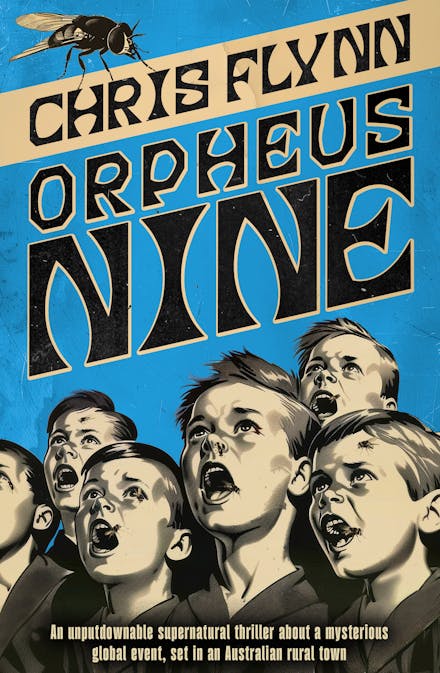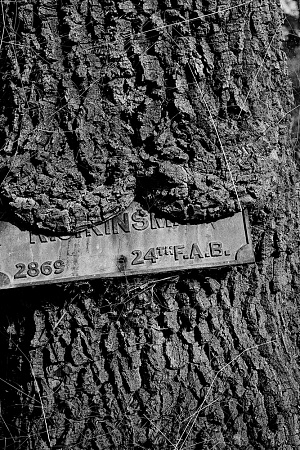Road trip to Piccadilly
Ninety years after ‘An Exhibition of Australian Art’ was held at Burlington House, London, home of the Royal Academy of Arts, the exhibition Australia opened on 21 September 2013. Touted as the biggest exhibition of Australian art to be staged in the United Kingdom, it is an ambitious undertaking – nothing less than a survey exhibition encapsulating the response of Australian artists to land and landscape over two centuries.
The exhibition includes just over 200 works, about half of them from the National Gallery of Australia’s collection, and many others from Australian state galleries. Although the exhibition’s curators – Anne Gray, Ron Radford, and Kathleen Soriano – limited themselves mainly to paintings (along with a handful or two of prints, drawings, photographs, videos, and sculptures), the exhibition topic remains somewhat like the continent of Australia itself – suggestive of vastness and diversity. In attempting to address such an unwieldy topic, there was always going to be a risk of fragmentation, even attenuation. The exhibition ranges from Indigenous Australian representations of Dreamtime stories to Fiona Hall’s use of cut and moulded sardine tins to depict a garden of earthly delights.
Continue reading for only $10 per month. Subscribe and gain full access to Australian Book Review. Already a subscriber? Sign in. If you need assistance, feel free to contact us.















Leave a comment
If you are an ABR subscriber, you will need to sign in to post a comment.
If you have forgotten your sign in details, or if you receive an error message when trying to submit your comment, please email your comment (and the name of the article to which it relates) to ABR Comments. We will review your comment and, subject to approval, we will post it under your name.
Please note that all comments must be approved by ABR and comply with our Terms & Conditions.